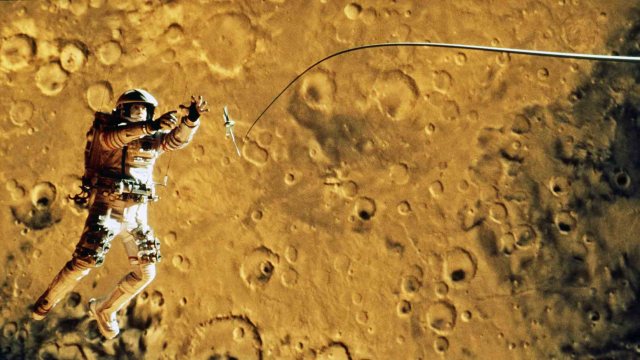Is There Really Such a Thing As Clean Coal?

The phrase “clean coal” snuck into our national climate conversation quite a while ago. Presidents Bush and Obama have both championed it, and in the second 2016 Presidential debate, Donald Trump claimed it could help address the climate change he doesn’t believe exists. That’s okay, because, neither does clean coal.
Coal is the most carbon-rich fuel we have, and when it comes to the amount of climate-killing carbon dioxide it puts into the atmosphere, it’s filthy. Here’s how many pounds of CO2 our various fuels generate per million Btu units of energy produced, from greatest to least.
(Source: U.S. Energy Information Administration)
Coal is important to the U.S. since it’s the source of about half our electricity, and thus it produces 40% of all the United States’ carbon emissions. This may be why the last two Administrations have wanted to believe in clean coal.
President Obama’s administration invested $3.4 billion in it, claiming shortly after taking office,” “This is America. We figured out how to put a man on the moon in 10 years. You can’t tell me we can’t figure out how to burn coal that we mine right here in the United States of America and make it work.” Obama promised during his campaign to implement a “cap and trade” system in which operators of current “dirty” coal plants would have to pay for each ton of CO2 they released.

The dream of clean coal is about capturing carbon dioxide before it escapes into the air. “Carbon capture and storage” (CSS) systems would use “scrubbers” to clean the emissions before release. There are roughly a dozen CSS systems being tested around the world, and the technology is still in its infancy — most of coal’s carbon dioxide still makes it into the atmosphere. And many of those plants may not be so climate-benign anyway, since they play a game of put-and-take with carbon: They remove CO from coal emissions and force it underground to push upward fossil fuels they can sell to offset CSS costs. It’s really just a carbon detour since it still ends up in the atmosphere, but from gasoline instead of coal.
In any event, carbon dioxide’s not the only problematic substance produced in the burning of coal. There’s also:
So. “Clean coal?” Nope, at least not in 2016 — it would require technology that doesn’t exist as of yet. And it may never, considering the range of bad things that burning coal produces. (We haven’t even mentioned the danger involved in mining coal.) It would be far more sensible to invest in solar energy, wind power, and other truly clean methods of providing power to our world. And let’s just put this oxymoron to rest.





